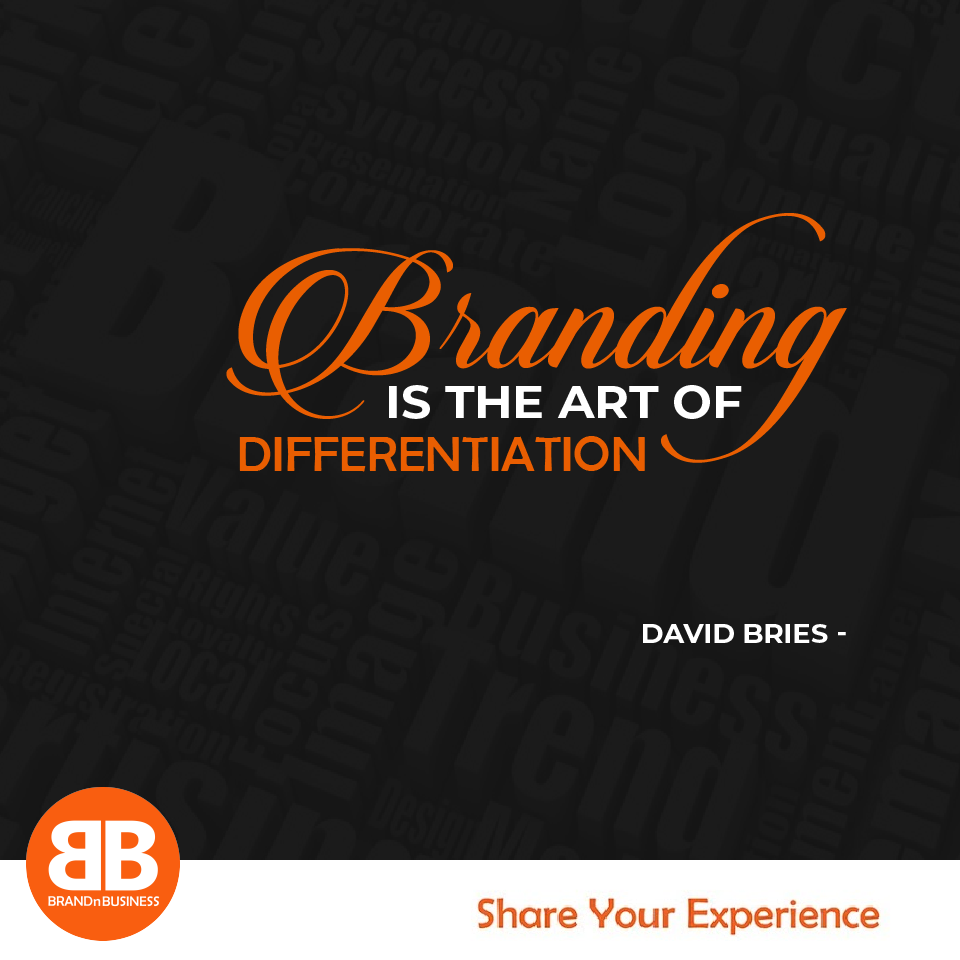
It takes more than creating beautiful furniture to build a furniture business. Furniture is viewed as a long-term relationship. This means that your products must be seen by the right people at the right time to make a lasting impression. This doesn't happen automatically. Your furniture marketing strategy will guide potential customers to think of you when they are ready to commit to your brand.
Continue reading to discover the essential elements of a furniture marketing strategy, and the steps that you can take in order to get your brand into the minds and hearts your ideal customers.
How important is a furniture marketing strategy?
The furniture market is evolving as demographics shift and consumers' buying habits change. A poor marketing strategy is not something a furniture seller can afford. It is not enough to have great products and excellent service. It is important to stay in the forefront of shoppers' minds at all times and offer a shopping experience that encourages them to buy.
A comprehensive strategy for your furniture company will allow you to identify your ideal customers, how to offer the experiences they desire, how to build relationships that lead to long term customer engagement, and how to manage your business, not your databases. Here's how you can get it moving.
How to Assemble your Furniture Marketing Strategy
It takes time and effort to develop a furniture marketing strategy that works. However, it doesn't need to be difficult. This guide will walk you through the steps of creating a marketing strategy to increase furniture sales. It's worth investing in your business.
Step 1: Meet the Buyers of Your Furniture.
Your customers will determine how you market to them. Despite the fact that you may be able to sell to everyone, some people will prefer your products over others. If you know who these people are, you'll be able to sell more furniture.
Ask your customers if you are unsure how to describe your primary customers. To get a better idea of your ideal customer, conduct in-store or online surveys. This will help you to create a profile that includes their age, gender and occupation as well as their average income and hobbies. These data will allow you to determine what radio and television stations they listen to, what newspapers and magazines they read, and which social media platforms they use. This information will also help you decide where your financial and emotional marketing dollars are going.
There are many ways to reach your audience in today's Omnichannel environment, once you have identified who they are.
Something Old: Traditional Furniture Advertising Outlets
Online research is very popular but traditional advertising methods such as television, radio and print advertising can still be effective in promoting furniture. These outlets can be used to promote your brand to potential buyers and to reach those shoppers who haven’t yet moved fully digitally.
Consider your ideal customers. These characteristics can be used to identify local or national outlets and tools for paid advertising. Make sure your ads speak to your audience. This will help you establish a connection between their needs and what you have to offer. You should be selective. While you will want to keep most of your budget available for digital opportunities, it is worth making a small investment.
Something new: Connect with furniture buyers via social platforms
Using your research, determine which social platforms your target customers use. Your customers want to be reached where they are spending their time and not where you would prefer to spend it. If you are targeting millennials, Instagram will be the best place to find them. You're more likely than not to find your target audience on Facebook if they are older. People who are passionate about decorating use Pinterest.
Share relevant images and videos with likeable pictures. Social media marketing is about creating a connection between your company, and others who share your values. Engage, not sell. You want to build a following on social media that loves furniture as much as you do. Customers who identify with your brand are more likely to remember your furniture when they want to decorate their living rooms. This will help you turn those followers into customers.
You have something to borrow: Create an email list
A letter written in an old-fashioned way is better than any modern version. To share information with people who are interested, you can build on your social media presence as well as your customer retention strategy. Invite people to sign up and receive regular product news via a monthly newsletter. To remind people of what you have to say, use the power and flexibility of the keyboard or pen.
Step 2: Make your website as beautiful as your furniture
Up to 87 percent of customers do online research before they ever walk into a store, which means your website needs to be a core pillar of your furniture marketing strategy. You are a furniture seller. Your business is about making beautiful things. Your website is a great way to showcase your design skills. These are some things to keep in mind:
Keep up appearances
Your products should look great. Your furniture will look rockstar with high-quality photos that will inspire visitors. Display pieces, rooms or themes. Your website should be a destination for customers looking for inspiration, even if they're not yet ready to buy.
Don't be afraid
You want to maintain a customer's attention once they have shown interest. Customers will find it easy to navigate your website, whether they are looking for inspiration, showcasing specific products, placing an order online, or getting directions to a local shop. You must ensure that your loading times are fast. Nothing can turn a potential customer off faster than slow service.
But Be Comfortable
Customers surf the internet everywhere in our connected world. Your web design should be easy to use on all devices, such as smartphones, tablets, and traditional web browsers.
Stay with the Times
People are always looking for new ideas when decorating their homes. Your website shouldn't feel outdated or out of date. Even if your brand is older, a refresh can show your customers that you are modern and relevant. You shouldn't leave your content static. Your website should change just like interior design moods. Display new products and current products in different ways.
Make furniture experiences, not just products
Create a strong brand identity to make your furniture and the spaces it creates easy to remember. Virtual reality, augmented reality and 3D technology are all great ways to make your furniture stand out. It's hard to find a better way to make a connection than to see how a new sleek table looks in your dining room.
Step 3: Close (More Furniture Sales)
You have identified your customers and chosen the most effective ways to display your products. How can you turn that knowledge into more furniture sales? These are additional sales tips that will help you close more deals.
It's easy to say "Heck Yes!"
Social media platforms can be used to promote sales and discounts, as well as inform your customers about special payment options. Are you lacking any? You can make it easier for potential customers to purchase from you rather than from another source. You can offer incentives like lay-away plans that are convenient, generous returns policies, and special discounts. (Wouldn't the sofa look even better with those end tables? You could be a deal broker rather than a dealbreaker.
Your showroom and sales staff should feel comfortable discussing your incentives. They should also be empowered to share this information with customers.
Play for Keeps: Create a Customer Retention Strategy
Research has shown that keeping customers you already have is more profitable than acquiring new ones. Give customers a reason for continuing to engage with you after they have purchased.
Leverage your social media platforms. Invite customers to take part in surveys and to share photos of your products in their homes. As a bonus for being connected to your brand, offer personalized discounts and promotional offers.
And for a few more tips on growing your online revenue, check out our infographic full of tactics that any business owner or marketer can put into place right away to improve their furniture marketing strategy as well as their sales.
Step 4: Manage your Furniture Business, not a Furniture Database
Websites, social media and email lists all promote dozens to hundreds of product variants across multiple product lines. This is a lot information to store, distribute, and collect. A product information management platform (PIM) is the best way to organize all this data and still have time to manage your business.
PIM software allows businesses to manage data, content, as well as other materials necessary for marketing and selling products. PIMs ensure high-quality data for internal use as well as multichannel distribution. A good PIM will allow you to easily manage your products so you can concentrate on selling furniture.
Polish your Furniture Sales with PIM
A good POIM will connect all your information together.
The faux-suede sofa that you posted on Instagram? Kathleen, your prospective customer, tried the augmented reality tool on you website to see how it would look inside her living room. Now she wants to find out where she can purchase one in her area. Clicking on the photo takes her to the product SKU and inventory levels. Kathleen has good news: Two of your products are still available at her local store!
Kathleen might not have called or visited the store to inquire about the sofa if she hadn't. She's now motivated to get one of those sofas for her. She isn't sure if the sofa will fit in her minivan. She can check the dimensions and how the product was packed for shipping by scrolling through its description. She finds that the product ships in two small boxes that fit her vehicle.
It's simple to see the power of a PIM system from the customer's perspective. It's easy to see the benefits it has on your bottom line by looking at IKEA, one of the biggest furniture companies in the world.
Your product information can be incorporated into your marketing strategy to create a partnership that will bring success for both you as well as your customers. If you're ready to take that next step and finally round out your furniture marketing strategy for 2021, look no further than our PIM buyer's guide.
Chocked full of information about the benefits of PIM implementation, which features to look out for, and side-by-side comparisons of today's leading brands--it's the first and last shopping list you'll need when it comes to product information management software.
Ecommerce Marketing, Product Information Management, Retail Industry & Trends, Product Listing Optimization, Omnichannel Marketing



